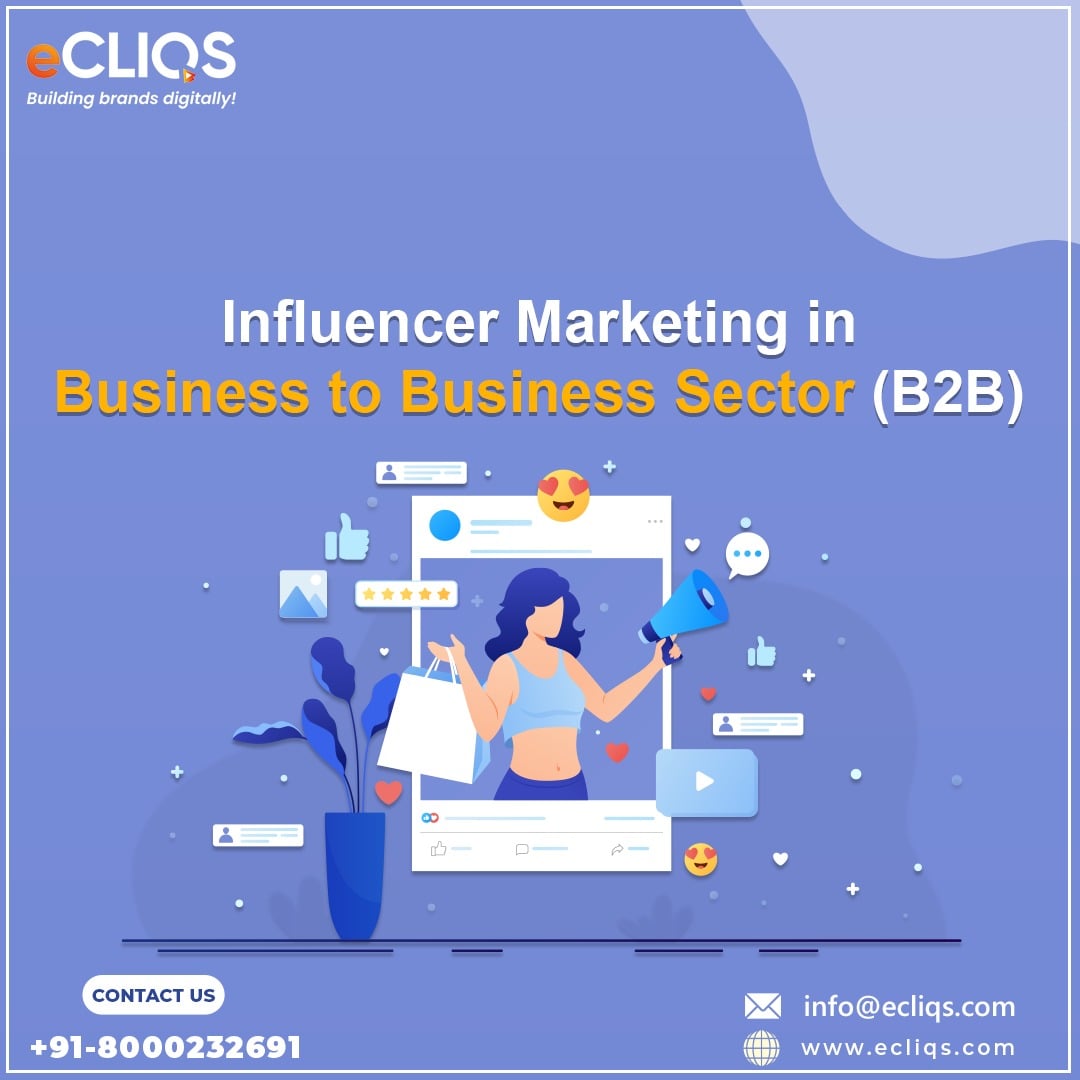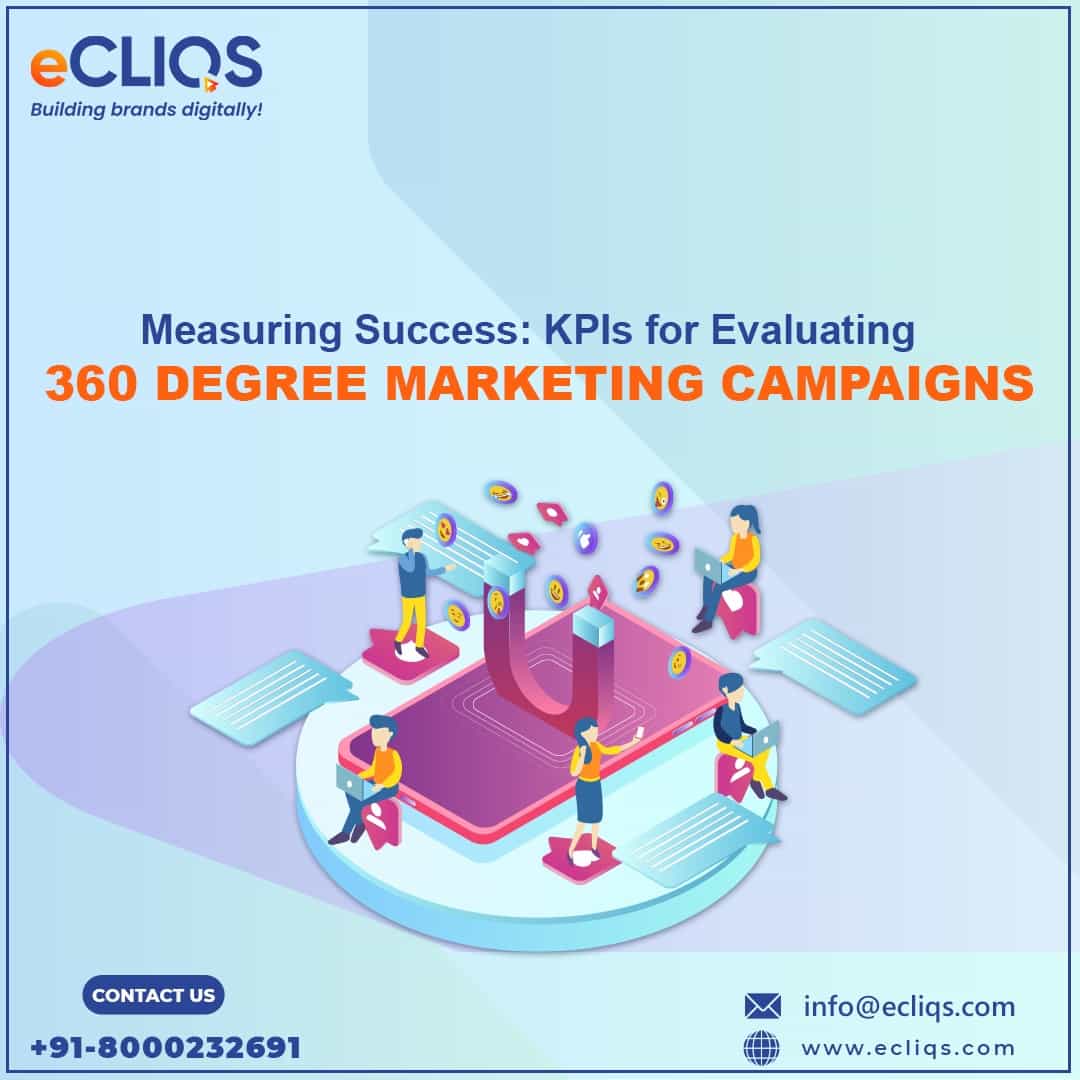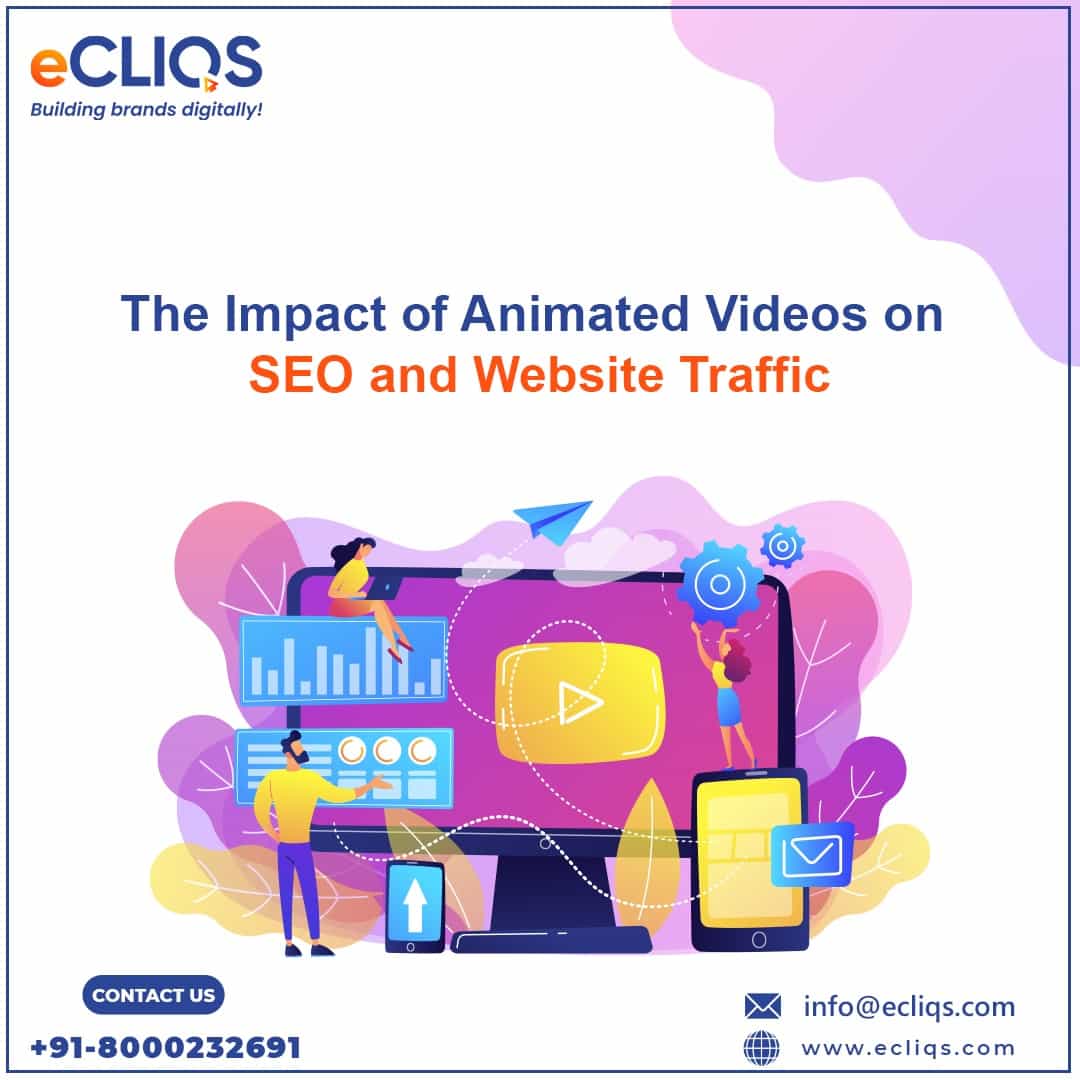Influencer Marketing in Business to Business Sector (B2B)
As B2B marketing grows, businesses are learning how influencer marketing may assist enhance brand awareness, reputation, and income. According to an InvespCro research, 94% of marketers agree that influencer marketing is a good strategy for B2B organizations.
Despite this, just 24% of B2B companies use influencer marketing in their overall company strategy.
That’s right; influencer marketing isn’t just for B2C brands anymore. Let us dive into the realm of influencer marketing in B2B.

The B2B Landscape is Changing
Traditionally, B2B marketing was a realm of data sheets, whitepapers, and serious corporate talks. While these aspects remain crucial, the landscape has evolved. Decision-makers and professionals now spend more time online, engaging with content and influencers in their respective industries. This difference in era has created an opportunity for influencer marketing to make its way into the B2B space.
What is B2B Influencer Marketing?
B2B influencer marketing involves collaborating with industry experts, thought leaders, or professionals who have a substantial online following and influence.
These influencers are creative and resonate the most with their audience. They know their audience the best and know ways to make your product into their hearts.
Why B2B Influencer Marketing Matters?
Credibility and Trust: Influencers in the B2B realm are trusted voices within their industries. Their endorsement can lend credibility to your brand and its offerings.
Reach and Visibility: Influencers have dedicated audiences interested in niche topics. Partnering with them allows your brand to tap into these audiences and gain visibility among your target demographic.
Quality Content: Influencers are skilled content creators. Their collaboration ensures a high engagement rate, informative content in the most creative way, and a shortcut for you to gain audience trust.
Lead Generation: An effective influencer marketing strategy can drive qualified leads to your business. Influencers can help you reach decision-makers who may not have been easily accessible through traditional marketing channels.
Networking Opportunities: Building relationships with influencers can lead to valuable networking opportunities within your industry. These connections can open doors to partnerships, collaborations, and business growth.
Getting Started with B2B Influencer Marketing
Identify the Right Influencers: Look for influencers who align with your industry, values, and target audience. They should have an interest in your industry and should be close with their followers.
Set Clear Goals: Determine what you want to achieve with your influencer marketing campaign. Whether it’s brand awareness, lead generation, or thought leadership, clear goals are essential.
Collaborate Authentically: Encourage influencers to create content that genuinely reflects their opinions and experiences with your brand. Authenticity is key to building trust.
Measure and Analyze: Track the performance of your influencer marketing efforts using relevant metrics like engagement rates, lead generation, and conversions.
Maintain Relationships: Building long-term relationships with influencers can lead to sustained success. Keep the lines of communication open and collaborate on multiple campaigns.
Summary
Businesses must maintain the value of influencer marketing in B2B. Because customers place a great value on influencers, they must adopt this marketing strategy to boost their brand’s visibility, reputation, and sales.
Influencer marketing is a growing concept that will continue to grow as more businesses adopt it. To construct successful programs, businesses must establish precise objectives for their influencer marketing activities and measure their efficacy.
Measuring Success: KPIs for Evaluating 360 Degree Marketing Campaigns
Metrics for marketing analytics are critical for having access to relevant data that can enhance sales, profitability, and brand recognition. The correct analytics tools can assist in the identification of new markets, audience segments, and possible growth regions.

However, with so much data available, it can be difficult to make sense of it all. It is vital to focus on specific metrics and key performance indicators (KPIs) while quantifying data. While these terminologies may appear perplexing at first, with a basic grasp, they become strong marketing tools.
1. Website Traffic and Engagement:
- Unique Visitors: It is the number of distinct individuals who visit your website. With the help of this, you can get insights on how many people have visited your website and if you are making any progress.
- Page Views: Tracks how many pages a visitor views per session. With this you will be able to understand your audience better in what products they are most interested in.
- Bounce Rate: Measures the percentage of visitors who leave the site after viewing only one page. A lower bounce rate suggests higher engagement. With the help of this, you will understand what corrections to make to your website.
2. Social Media Metrics:
- Follower Growth: Indicates how well your campaign is attracting a broader audience. Increase in follower growth marks increase in the content consumption by your audience.
- Engagement Rate: Calculates the ratio of interactions (likes, comments, shares) to the number of followers. High engagement rate indicates that your audience is actively engaging with your content and wants to see more of it.
- Click-Through Rate (CTR): Measures the percentage of clicks on a post or ad relative to its impressions. High click through rate indicates more people interested into your product.
3. Content Performance:
- Time on Page: Evaluates how long visitors stay on your content. Longer durations may signify quality content. The more time your audience spends on your page or website, the more they are likely to buy your products or services.
- Conversion Rate: Tracks how many visitors take a desired action, such as signing up for a newsletter or making a purchase.
4. Email Marketing Metrics:
- Open Rate: Measures the percentage of recipients who opened your email. More open rates indicates that your newsletter is engaging and your customers are hooked on your content.
- Click-Through Rate (Email CTR): Tracks the number of clicks on links within your email relative to the total number of recipients.
- Conversion Rate: Evaluates how many recipients completed the desired action after clicking through from an email. High conversion rate means your audience responding to a certain Call To Action mentioned in the email. It might be sign up or completing a pending purchase.
5. Search Engine Metrics:
- Organic Search Traffic: Analyzes how many users find your website through search engines.
- Keyword Rankings: Monitors your website’s position in search engine results pages (SERPs).
- Conversion from Organic Search: Measures the number of conversions generated from organic search traffic.
6. Customer Lifetime Value (CLV):
- Estimates the total revenue a customer is expected to generate throughout their relationship with your brand. High CLV suggests a strong campaign impact on customer retention.
7. Return on Investment (ROI):
- Evaluates the financial success of your campaign by comparing the cost of the campaign to the revenue generated.
8. Customer Feedback and Surveys:
- Collect qualitative data through surveys or feedback forms to understand customer sentiment, brand perception, and overall campaign effectiveness.
9. Customer Retention Rate:
- Measures the percentage of customers who continue to engage with your brand after their initial interaction.
10. Sales Metrics: – Tracks the number of sales generated as a direct result of your marketing efforts, including sales attribution
Conclusion: The significance of these KPIs can vary depending on your campaign goals. Whether it’s brand awareness, lead generation, or revenue growth, choosing the right KPIs for your 360-degree marketing campaign is essential. Continually monitoring and analyzing these metrics will help you adapt your strategy for ongoing success in the dynamic digital marketing landscape.
The Impact of Animated Videos on SEO and Website Traffic
In this fast paced world, staying ahead of the curve is very crucial these days.
Animated videos have evolved to be engaging the audience and get them hooked to your content and also improve the SEO ranking of your website.
Through this blog, we will explain to you the impact animated videos create on the website ranking.

1. Engaging content for high viewing time:
Animated videos are engaging and convey information in the most creative way. In the world where the audience demands everything instant, animated videos play a great role in coping up with the instant world. As a result, search engines are highly likely to reward websites that have animated videos with higher rankings. The longer the viewers stay on your website, the higher ranking on the search engines.
2. Reduction in bounce rate:
High bounce rates appear when visitors visit your website and leave quickly. This is where the animation videos come into play. Many brands make welcoming videos which address the audience’s interest and keep the audience hooked to your website in the first glance hence reducing the bounce rate.
3. Enhancing backlink opportunities:
Visually appealing animated videos have a higher rate of being shared on different platforms and social media channels. When different websites link back to your videos or embed it on their pages, you will gain invaluable backlinks. Backlinks from authoritative sources play a significant factor in boosting your SEO rank. Animated videos therefore serve as a linkable asset for boosting your SEO as well as website traffic.
4. Boosting social engagement:
Social media platforms thrive on engaging content and animated videos are a great way of getting your audience hooked to your content. The more your videos are shared and engaged with on social media, the more the traction and more the visibility. This increased exposure leads to mass traffic on the website since curious audiences are more likely to visit your website to learn more about your brand and services/products.
5. Enhanced Mobile Experience:
Animated videos are best suitable for mobile consumption since they convey information effectively in a visually appealing manner. Since mobile friendly websites are favored by search engines, having animated videos that can be consumed quickly and offer an enjoyable experience can positively impact the SEO results.
Conclusion:
Having animated content into the digital marketing strategy can have a positive impact on SEO since animated videos are funny, engaging and bring a lot of traction. By keeping the visitors engaged, reducing bounce rate, enhancing backlinks, boosting the social media engagement and having an enhanced mobile friendly experience, your website’s authority and visibility increases.





